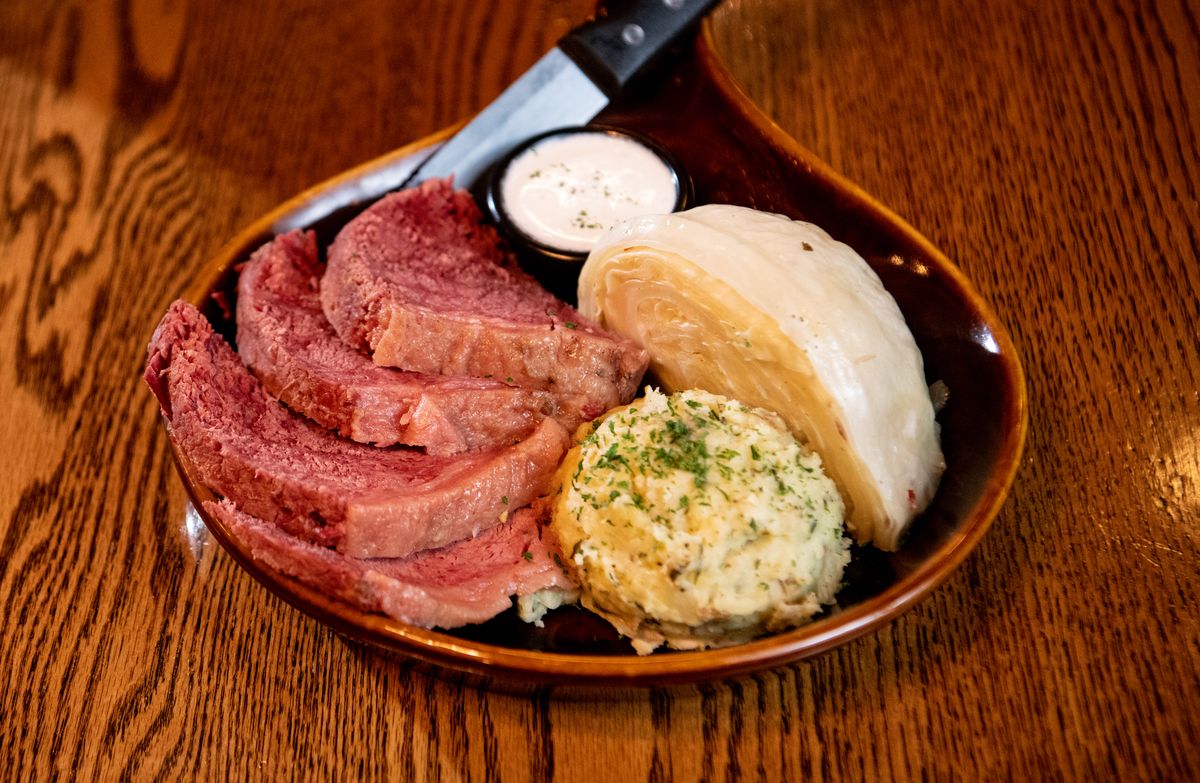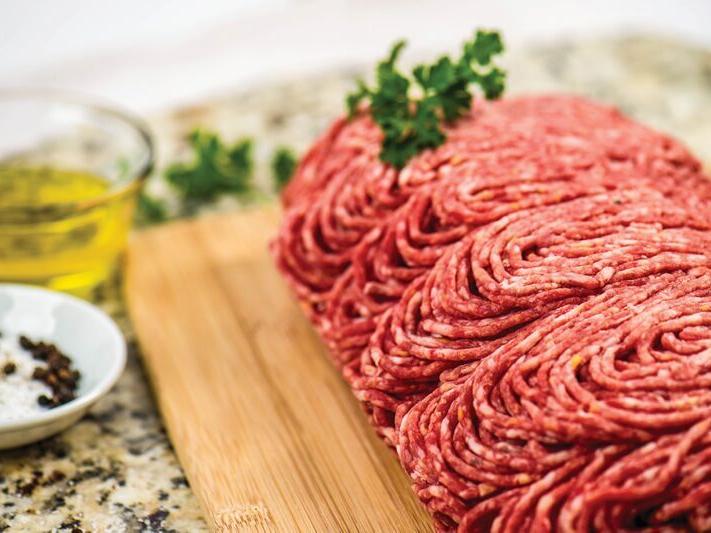
Corned beef doesn’t require a lot of skill, but it requires a lot of time. You will need to get started soon if you’re planning on enjoying this classic St. Patrick’s Day dish next week. You can trust that all the preparations and time is well worth the effort.
That is because a long, spiced salt cure is needed to transform regular beef into corned beef. The typical cut used for corned beef is brisket, a tough chest muscle often used for slow-cooked meat dishes like corned beef, pastrami or smoked barbecue.
Because this cut is tough, it’s usually inexpensive. That is one reason why it is so popular to eat for St. Patrick’s Day, in the United States anyway.
Corned beef is not nearly as much of a staple for the Irish in Ireland as it is for Irish-Americans. In Gaelic Ireland, prior to British rule, cows were used as work animals in the fields and for the production of dairy products. They were considered a sacred animal and were only eaten for meat after they became too old to work. Only the wealthy consumed beef for holidays and celebrations.
Pork was and is the most popularly consumed meat in Ireland, and it was the British who introduced the culture of eating beef. The beef produced in Ireland was often sent to English markets to satisfy the increasing beef consumption.
Ireland’s low salt tax helped it dominate the market on the transatlantic trade routes, but the Irish people who produced the corned beef were too poor to afford it. England had confiscated land from the Irish people and replaced them with feudallike plantations, so the affordable potato became a staple of the Irish diet.
As North American beef production increased, demand for Irish beef died off over the following decades. Then in 1845, the Irish potato crop was destroyed by disease and the Great Famine began. The British government offered no significant assistance. Encyclopedia Britannica reports that “Ireland’s population of almost 8.4 million in 1844 had fallen to 6.6 million by 1851,” and that as many as 2 million Irish immigrated to the United States.
Irish immigrants settled in groups, usually in urban areas. They shopped at the Jewish butcher shops and delis in those areas, and the beef sold there was the corned beef the previous generations of Irish people were famed for producing.
The truth is that corned beef is a staple and symbol of Irish-American heritage, making it a perfect way to celebrate St. Patrick’s Day and Irish-American Heritage month.
To cure corned beef at home, you will need one 5-pound beef brisket and a container large enough to submerge it in a brine.
You can buy pickling spice blends or make your own with: 1 tablespoon each of allspice berries, mustard seeds, coriander seeds, red pepper flakes and black peppercorns; 2 teaspoons each of ground ginger and whole cloves; 9 whole cardamom pods, 6 bay leaves; and a half-stick of cinnamon. Toast all but the bay leaf, cinnamon and ginger in a frying pan on medium heat until fragrant, then crush in a mortar and pestle. Crumble and stir in bay leaf and ginger.
Add 3 tablespoons of the spice mix and the cinnamon to a gallon of water. Add 300 grams (about 2 cups) Kosher salt, 5 teaspoons pink curing salt (optional) and one-half cup of brown sugar. Cover and leave in the refrigerator for five to seven days, flipping over daily.
Rinse the beef with cold water before cooking. Place in a large pot with enough water that it is covered by one inch.
Add 1 tablespoon of the pickling spices to the pot, and simmer for 3 to 4 hours or until tender. Cut across the grain when serving.
The Link LonkMarch 11, 2021 at 11:43AM
https://ift.tt/2NaOu7I
Water Cooler: The history and how-to of corned beef - The Spokesman-Review
https://ift.tt/2RxTDX4
Beef

No comments:
Post a Comment